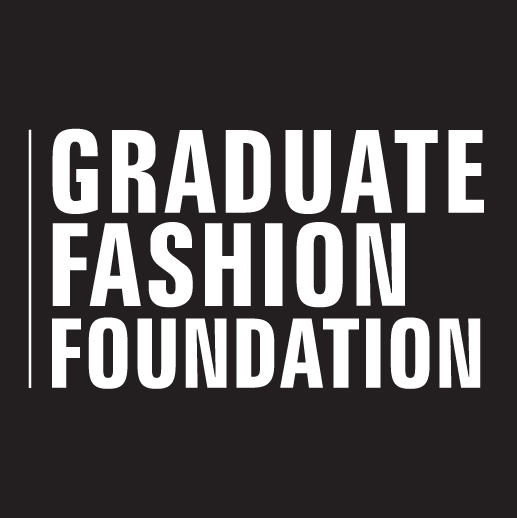Meet Kingston University graduate Joy Julius, winner of the Black Excellence Award at GFW21. Joy’s final major project is inspired by the End SARS protests in Nigeria last year. By using deadstock textiles, Joy’s final major project combines a military-inspired silhouette with that of the floaty dress and hijab worn by activist Aisha Yesufu, one of the co-founders of the Bring Back Our Girls Movement, during the protests. Read on below to learn more about Joy’s work and plans for the future!
How do you feel about winning an award at GFW21?
I feel honoured to have won such an important award this year at the GFW. Being able to present my work in front of judges that understand my research and my work felt so liberating.
What is the most valuable thing you have learnt at university?
The most valuable thing that I have learned over the years at Kingston is trusting the design process and being true to ones self. It taught me the importance of sticking to your own style and finding your DNA as a fashion designer.
What was the starting point of inspiration for your final project?
My starting point was the EndSars protests, a protest against police brutality and misconduct that occurred in Nigeria last year. Aisha Yesufu on the front line, wearing her long floating dress and her hijab. Upon seeing her, the idea of protecting her and gearing her up against the police on the other side came to me. Her dress reminded me of the Nigerian traditional men's attire which I then merged with military detailing to create a new silhouette.
What form does your FMP take?
My Final year project consists of designing and making 6 looks, a promotional package project, which in my case was a look book, and a final digital portfolio.
What materials have you used and how did you source them?
Most of the fabrics I used for my collection were dead-stock fabrics that I found during my year out at Tommy Hilfiger. I also used some fabrics that were donated to my University. I used fabrics such as shirting fabrics, hence the stripes, corduroys, cotton drill and different weight cottons. I decoloured and dyed my fabrics using "Adire" a Nigerian tie-dye technique to get the blue tones that you can see throughout my collection.
How has it evolved from your initial ideas and what have you learnt along the way?
As I used dead-stock and donated fabrics, I had to be creative in my approach in the dyeing stage, but also in the making as I had very limited fabrics. I had to experiment and make some last-minute editing decisions while designing. It was truly a learning curve.
What are the messages and themes behind your project that you want people to take away? Do explore any topics like diversity, sustainability or politics in your work?
I wanted to create awareness about the End-Sars protests, which is an anti-robbery police squad in Nigeria. I was also looking at gendered Nigerian clothing and making a collection that is gender-fluid and can be worn by anyone who fits the garments.
What’s an aspect of the fashion industry that you’re passionate about fixing or having a positive impact on?
I would like to be a part of making the industry more diverse. Seeing more black and POC as designers in high level jobs and positions of power within the industry.
Now that you have finished your degree, what's your plan?
My plan is to start a fashion label with a fellow fashion designer who is also a Kingston University graduate. We come from two different sides of Africa, Somalia and Nigeria. We both grew up in two different parts of Europe, the UK and Switzerland. We are both so different but yet, so similar when it comes to our aesthetic and ideas for the future. We decided to come together and create something which will reflect our journeys as two black women in the world.









